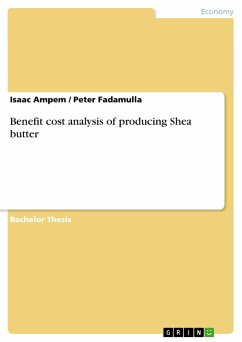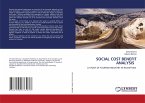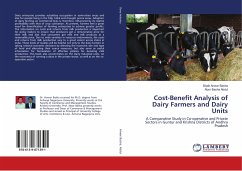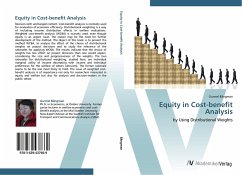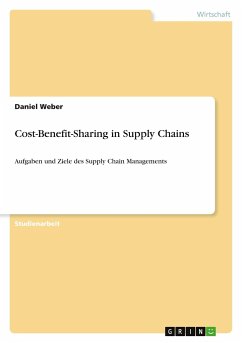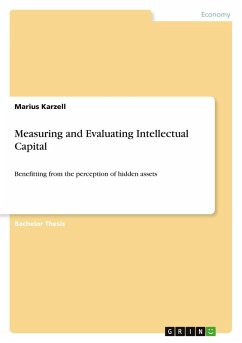Bachelor Thesis from the year 2014 in the subject Business economics - Supply, Production, Logistics, University for Development studies, course: Bsc Agribusiness management and finance, language: English, abstract: This study aimed at analyzing the benefits, cost and constraints of production of quality Shea butter in relation to production methods amongst processors in Tamale Metropolis. Specifically, it was to assess cost-benefits of production of quality butter. Secondly, to determine the factors that influences marketable quality butter. Lastly, to analyze the constraints to the production of quality marketable Shea butter. The study was conducted in 4 communities in Tamale Metropolis because these are the communities with abundant shea butter processors. A total of 80 respondents were interviewed with 20 respondents being selected from each of the communities using snowball sampling. The average costs, average revenues and profits were calculated on yearly basis. The study revealed that averagely individual processes 3 bags (90kg each) of Shea nuts in a week and this yield 3 units of shea butter which weighs 25kg each. This yields an average of 75kgs of Shea butter selling at an average price of GHc73. A processor has an average total cost of GHc8609 per year, average total revenue of GHc10512 per year and the profit yielded is GH1622.8 per year. This gave a benefit cost ratio of 1.2:1 which implied that producing quality butter was profitable. Probit model was used analyze the factors influencing the quality of Shea butter. Out of the seven (7) estimated coefficients number of years in processing, improvement in technology and orderly processing procedures significantly explains the likelihood that a respondent produces quality Shea butter. The study also revealed that the major problems encountered by processors were; lack of capital to purchase enough nuts and expand production, unstable markets, high prices of nuts, dangers associated with picking nuts from the bush, shortage of water in lean season. The results of the Kendall s coefficient of concordance revealed fair level of agreement (40%) among respondents. On recommendation, Shea board should be rejuvenated to function effectively.

